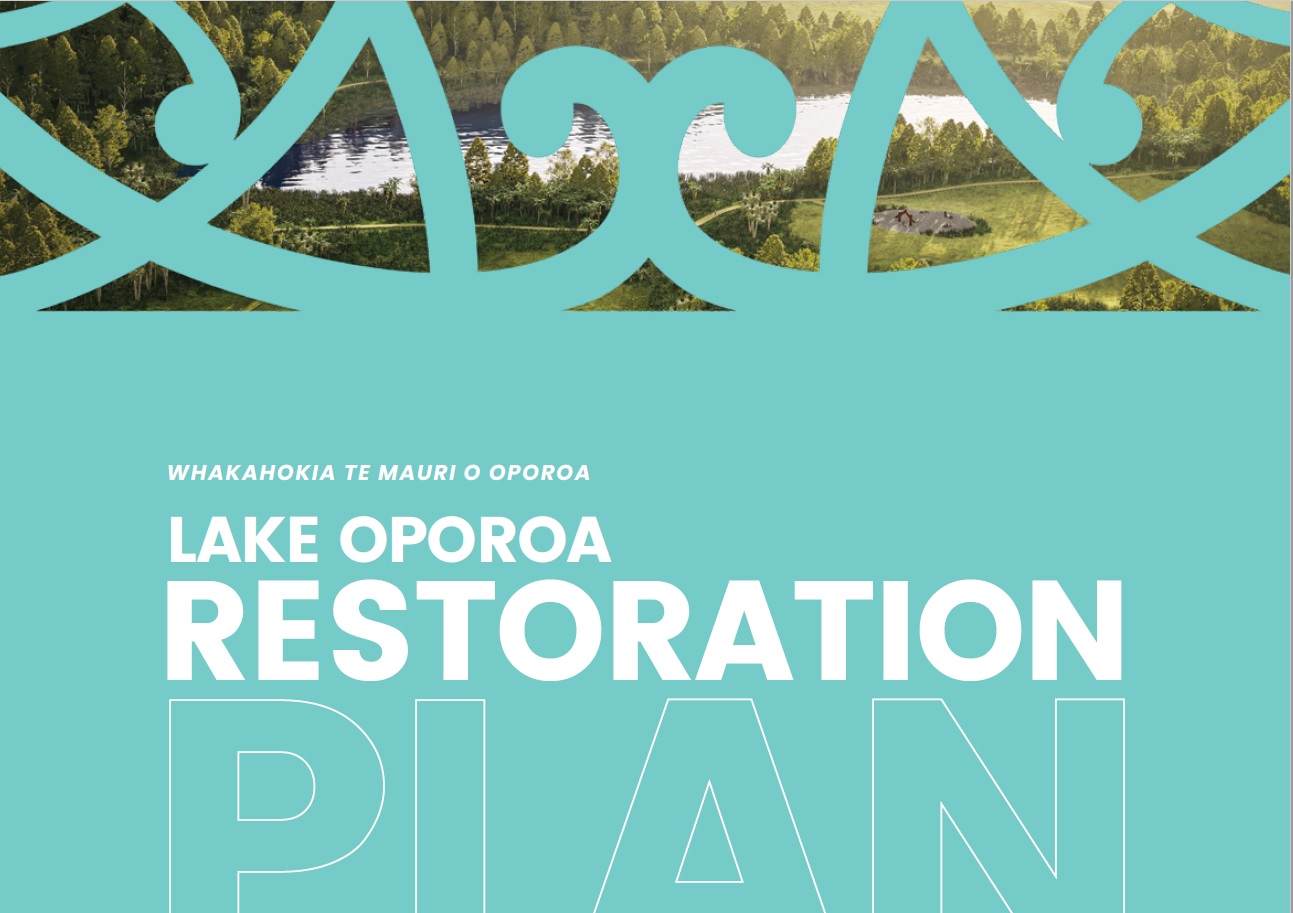The lakes380 team featured in a recent article in the University of Windsor news .
UWindsor researchers flew halfway around the world to sample the smallest known living organisms found in freshwater lakes.
Christopher Weisener, a professor in the School of the Environment and researcher at the Great Lakes Institute for Environmental Research (GLIER), along with Master’s student Emily Varga and doctoral candidate Nick Falk, joined a massive field research project called Lakes380 out of Cawthron Institute in New Zealand.
Lakes380 is a five-year initiative to create a natural archive of the environmental history of water quality by collecting lake sediment from 380 New Zealand freshwater lakes.
The UWindsor team collected samples of microbial communities in New Zealand with a plan to compare them to those found in stressed environments in the Great Lakes and the Detroit river — all in hopes better understanding their response to environmental stress and to try and create a universal tool for detecting when the health of a body of water may be tipping towards deterioration.
“Like the canary in the coal mine, the microbial communities are the first to tell us about stress in an ecosystem,” says Dr. Weisener. “Early on, these microbial communities can alert us to a potentially unhealthy situation, giving us time to react and hopefully reverse the stress or clean the waterbody before the rest of the ecosystem’s health is threatened.”
Weisener and his graduate students flew by helicopter to sample microbial communities in pristine lakes, then worked there way down to lakes adjacent to farmed land, where agricultural runoff is likely.
“Back in the lab, we’ll study their characteristics and gene expression to paint a picture of how microbes behave in healthy environments as well as in disturbed ones,” Weisener says.
His lab has been developing a unique process of tracking the health of an ecosystem by studying bacterial function and gene expression. Extracting functional messenger RNA (mRNA) from sediments and applying transcriptional profiling allows scientists to determine how key genes are expressed when microbes are living in pristine environments versus conditions that are damaged by agricultural practices.
Piggybacking on Lakes380’s field work will give GLIER a unique opportunity to potentially identify and develop universal bio-markers for geographically diverse ecosystems.
Creating bio signatures, Weisener’s team could help create an early warning detection system, a universal tool that monitors the health deterioration of lakes and rivers.
“This is really important as we expand in Canada’s northern communities because we are putting more stress on freshwater systems,” he says. “Microbiology is extremely sensitive because the communities replicate in hours and days vs. in months or years, so our detection method will see changes much earlier than the conventional approach of monitoring insects, birds, fish, and plants.”
Susie Wood, a senior scientist at Cawthron, says her team appreciates the collaboration with the UWindsor researchers.
“It was great to have them join us in the field and to sample some of News Zealand’s highland and remote alpine lakes with them,” says Dr. Wood. “We are very excited to work with them and explore how the metagenetic techniques they have been developing will advance knowledge on the role of microbial process in these unique systems.”
A scientist from the Cawthron Institute was set to visit the GLIER lab to get trained in the mRNA extraction technique, but that plan is on hold until the restoration of travel between the two countries.
—Sara Elliott
















